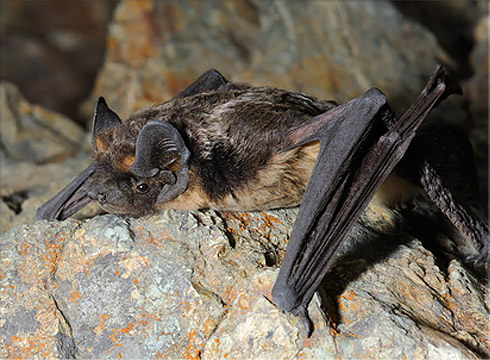
About The Pest
The little brown myotis is a species of bat that’s especially associated with human encounters. Little brown mytosis roost in the summer, commonly in commercial and residential structures, barns, attics, and outbuildings. Males and females roost apart; females gather into maternity colonies and males will roost in smaller sized colonies. They prefer hot spaces, which is why roofs are appealing to them; the increased heat from the roof and multiple bat bodies help baby bats (pups) grow faster.These smaller bats rely on their roosts to provide safety from predators foraging on the ground. In the winter, little brown bats hibernate in clusters inside mines and caves in New Hampshire, Massachusetts, Vermont, and New York. The little brown mytosis prefers to forage over water where their diet consists mostly of aquatic insects including midges, mosquitoes, mayflies, and caddisflies. They will also feed over forest trails, open fields, and farmland. An individual little brown myotis can catch over 1,000 insects in one hour during prime feeding times. Little brown myotis can live over 30 years under good conditions. They do hibernate during the winter when insect food supplies are no longer available.
Seasonality
Peak activity for bats takes place during late May through early October. Young bats tend to be a nuisance in July and August when they make noise flying around attic spaces.
